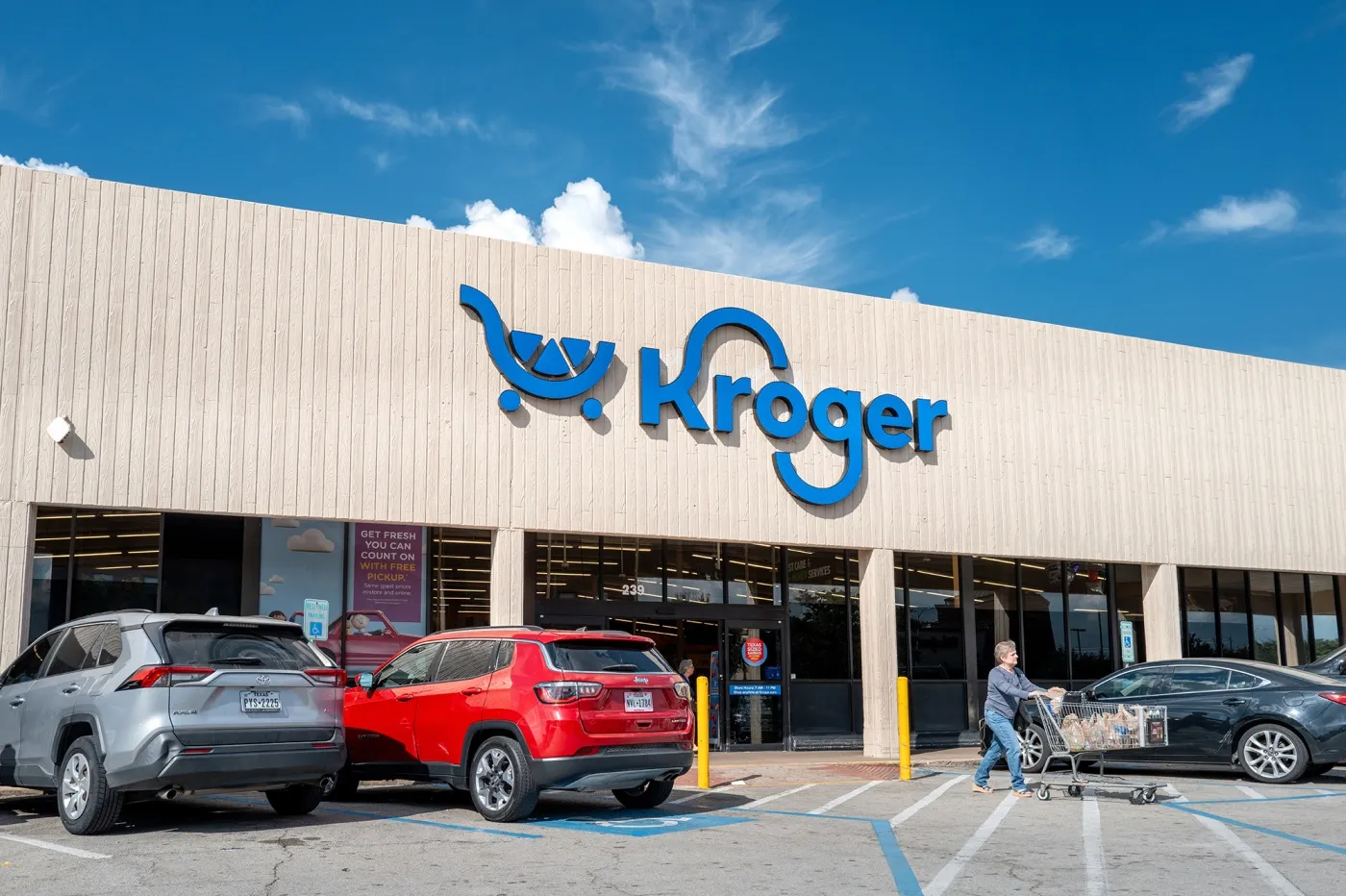With input from CNBC, CNN, the New York Times, AP, Reuters, and Business Insider.
Home Depot is feeling the chill from a frozen housing market and jittery consumers.
The home improvement giant on Tuesday cut its full-year profit outlook and missed Wall Street earnings expectations for the third quarter in a row, blaming softer demand for big projects, fewer major storms, and a housing market stuck in neutral.
Here’s how Home Depot did in its fiscal third quarter (ended Nov. 2), versus what analysts were looking for:
- Earnings per share (adjusted): $3.74 vs. $3.84 expected
- Revenue: $41.35 billion vs. $41.10 billion expected
Revenue actually beat forecasts, but profit came up short again, and that’s what has investors grumbling. Net income slipped to $3.60 billion from $3.65 billion a year ago.
Shares fell about 3–4% in early trading Tuesday and are down roughly 8% year to date, badly trailing the S&P 500’s gains.
The company’s updated guidance comes with a mixed message:
- Home Depot now expects full-year sales to grow about 3%, slightly above its prior 2.8% forecast.
- It sees comparable sales (sales at stores open at least a year) as “slightly positive”, down from an earlier call for +1%.
- Adjusted earnings per share are now expected to fall about 5% from last year, a deeper drop than the 2% decline previously projected.
Part of the sales bump on paper comes from GMS, a building-products distributor it bought this year, which adds around $2 billion in revenue that wasn’t in its original full-year guidance.
So yes, the top line is growing — but at a cost to profitability.
Home Depot has been warning for more than a year that homeowners are in a “deferral mindset,” and that theme didn’t change this quarter.
Higher mortgage rates, sticky borrowing costs and general economic anxiety are keeping people from taking on large, financed projects like:
- Full kitchen overhauls;
- Bathroom remodels;
- Big additions or structural upgrades.
“We believe that consumer uncertainty and continued pressure in housing are disproportionately impacting home improvement demand,” CEO Ted Decker said.
The housing market is still largely stuck: home turnover is at its lowest level in decades, as owners cling to older, cheaper mortgages. That means fewer people are moving — and moving is usually when the biggest, priciest projects happen.
Another quirky but important drag: the weather was too good.
Home Depot typically sees a spike in demand around hurricanes and severe storms as customers stock up on:
- Generators;
- Roofing materials;
- Plywood;
- Other emergency and repair supplies.
This year, storm activity was milder than usual, while last year was unusually active. That made year-over-year comparisons especially tough.
“Our results were below our expectation, largely due to a lack of storms relative to historic norms,” said merchandising chief Billy Bastek.
Decker warned that fewer storms last quarter also means fewer post-storm repairs in the current one, so the drag will likely spill into the fourth quarter.
The headline comp figure wasn’t catastrophic, but it wasn’t inspiring either:
- Comparable sales: +0.2% (vs. about +1.4% expected);
- US comps: +0.1%;
- Customer transactions: down 1.4%–1.6%;
- Average ticket (spend per trip): up about 1.8% to just over $90.
In other words, fewer people showed up, but those who did often spent a bit more.
Crucially:
- Big-ticket transactions (over $1,000) were up 2.3% year over year.
- Customers aren’t trading down to cheaper goods. Instead, they’re still buying premium tools, appliances and higher-end products — just not as many large discretionary renovations.
A bright spot: online sales jumped 11%, showing that the digital side of the business is still growing solidly.
On top of demand issues, Home Depot is still wrestling with higher costs on imported goods thanks to tariffs. Nearly half of its inventory comes from outside the US.
The company has:
- Raised prices modestly in some categories;
- Tried to offset tariffs by diversifying its supply chain and pushing suppliers;
- Kept pricing flat or even lowered it on certain key holiday items, like its bestselling 7½-foot Grand Duchess Christmas tree and some lights.
Margins are also feeling pressure from higher wages, operating expenses and logistics costs.
As regular homeowners slow down on major projects, Home Depot is leaning harder into professional customers — contractors, roofers, landscapers and other trades.
Recent moves include:
- The $18.25 billion acquisition of SRS Distribution, which serves roofers, pool pros and landscapers;
- The acquisition of GMS, focused on specialty building products.
The idea: pros tend to keep working even when DIYers pull back. Maintenance and repair can stay relatively steady even when people postpone higher-end remodels.
Home Depot insists this isn’t a broken business — just a rough patch in the cycle.
CFO Richard McPhail said the company had expected demand to pick up in the back half of the year as interest rates and mortgage rates eased. That hasn’t happened, and he admits it’s now “hard to identify near-term catalysts” that would spark faster growth.
Still, the long-term story hasn’t changed much in Home Depot’s eyes:
- Homes are aging;
- Owners are building equity;
- Eventually, those factors tend to drive more renovation spending.
“Can The Home Depot grow? The answer is yes,” Decker told analysts. “Will the industry have some shorter-term pressures with turnover in home price? Yes, as well.”
For now, though, the company is stuck in the same waiting game as its customers — watching mortgage rates, watching housing turnover, and hoping that the next leg of growth doesn’t depend on a hurricane.










The latest news in your social feeds
Subscribe to our social media platforms to stay tuned